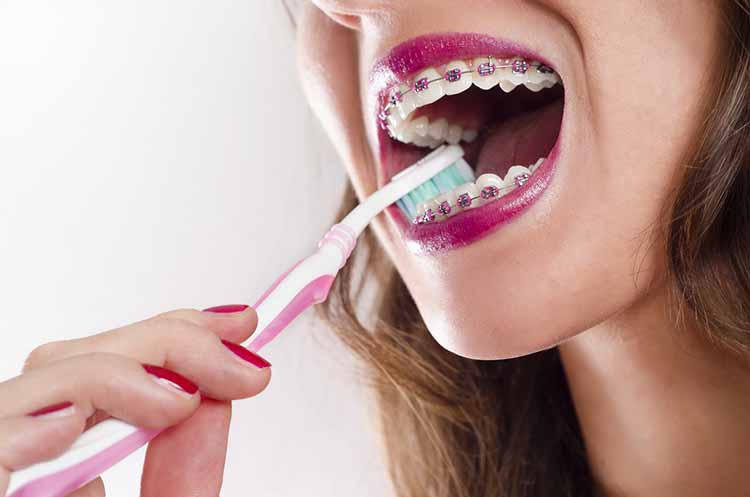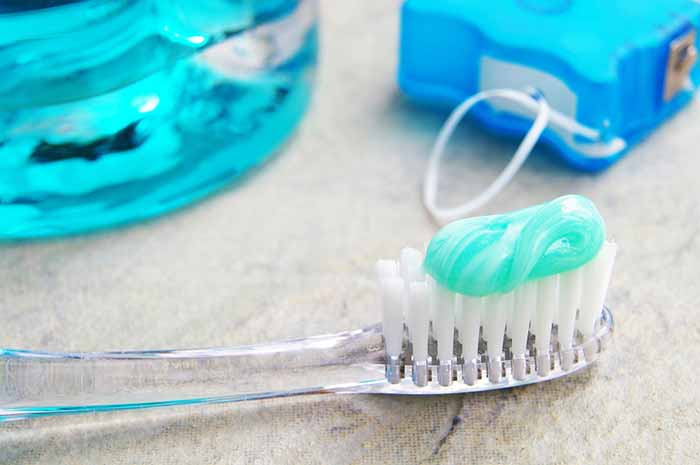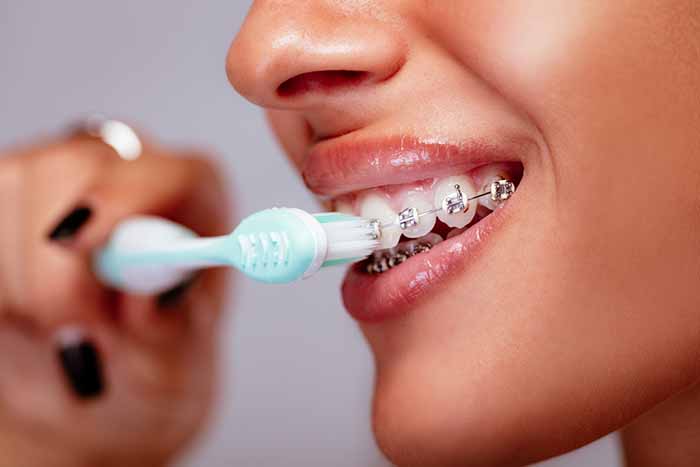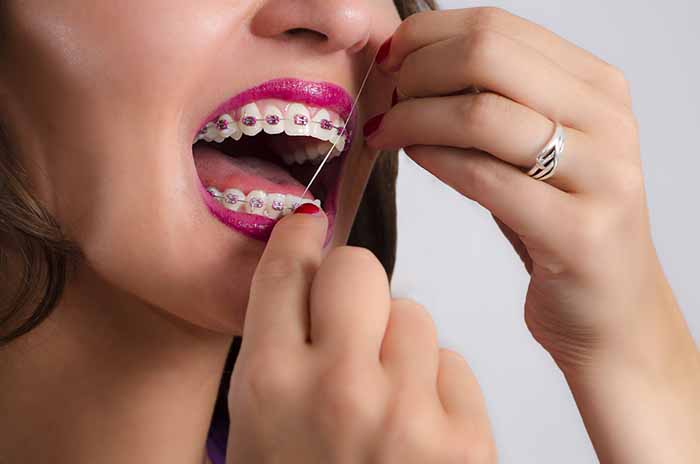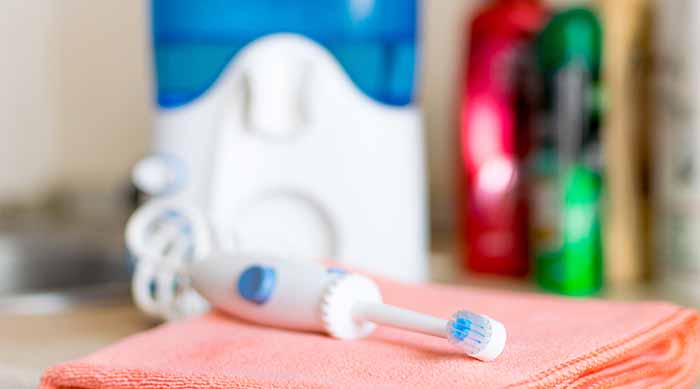If you or a family member is correcting dental misalignments using traditional metal braces, there are certain restrictions and best practices you should follow to have the best outcome. It’s also essential to develop a healthy oral hygiene routine along with consuming the proper diet. When you aren’t taking proper care of your teeth, you can damage your metal braces, leading to a disruption of your orthodontic treatment plan. Here are some tips for caring for your metal braces correctly.
1. Choose the Proper Toothpaste, Floss, and Mouth Rinse
Your orthodontist will provide information concerning the best type of mouth rinse, floss and toothpaste to use that will eliminate bacteria that can lead to cavities, gum disease, or halitosis. Some brands of oral health products contain abrasive or harsh ingredients that can damage the metallic braces. When you are selecting floss, you must choose a type that will fit between your teeth and along the wires of the brackets.
If you want to have fresh breath, then using mouthwash is an excellent idea, but you must select a brand that doesn’t have bright red or green dyes that can discolor the metal materials or the removable elastics of your braces. Make sure to follow your orthodontist’s recommendations about the types of products to buy to keep your metal braces in perfect condition.
2. Brush Your Teeth to Remove Food and Beverage Debris
Brushing your teeth while wearing metal braces is different because you must use caution to avoid breaking the metal wires or dislodging a bracket, all while still removing all of the food particles left behind. You should have a toothbrush that has softer bristles that won’t harm your braces, but it is also essential to use gentle pressure while brushing your teeth. Follow these steps while brushing to have a sparkling smile along with protecting your braces:
- Rinse your mouth with water to remove loose food debris
- Angle the toothbrush along the gums to remove the food that collects in this area
- Use the angled motion again while brushing away food from the top of the brackets
- Angle the toothbrush against the bottom of the brackets to brush upward
- Brush every tooth in your mouth on the front and back to remove bacteria
Throughout the day, you should rinse your mouth with water to remove additional food that collects in your teeth and braces while you are eating snacks or meals.
3. Floss at Least Once a Day
After purchasing the specific type of floss recommended by your orthodontist, you should use it at least once a day. Flossing the right way with braces can prevent problems such as tooth decay and bad breath. Use this method to floss your teeth correctly:
- Use floss picks or floss thread
- Use a long section of flossing thread to reach the back teeth in your mouth
- Stand in front of a mirror while flossing
- Use your fingers to slip the floss between your teeth or under the wires
- Don’t pull on the floss while it is underneath a wire
- Change to a new section of floss or a floss pick if it is covered with debris
- Focus on cleaning food debris from the gum area to prevent gingivitis
- Rinse your mouth thoroughly after flossing to remove the loose debris
It is an excellent idea to carry a container of floss with you during the day to remove any food that becomes stuck between your teeth or on your braces.
4. Use an Oral Irrigator to Clean Your Teeth and Braces
To remove additional plaque and food particles from your mouth, you should invest in an oral irrigator. This is a small appliance that sits on a bathroom’s countertop so that you can fill its tank with fresh water before using it. A wand will emit the water from the water irrigator’s tank with a moderate pressure that will dislodge food, bacteria, and plaque from your gums, teeth, and braces. This device is an easy way to augment your oral hygiene rather than avoiding brushing or flossing. Depending on instructions from your orthodontist, you might only use an oral irrigator once a week for extra cleansing.
5. Choose Your Diet Carefully
Your teeth, gums and alveolar bones require a high level of nutrients while you are wearing your metal braces. Eating the best foods is especially important for children and teenagers who are growing rapidly. However, there are foods and beverages that you should avoid to protect the wires and brackets on your braces. After your metal braces are installed, your orthodontist will provide a list of foods that you should avoid, including:
- Nuts – hard nuts such as almonds or walnuts can break the brace’s wires
- Sticky candies – sticky candies such as caramels or candy bars are off-limits
- Popcorn – the hard kernels can damage your braces
- Fibrous vegetables – raw or fibrous vegetables are a bad choice while wearing braces
- Bagels – bagels are too hard and chewy
- Corn chips – or other crunchy snacks
- Whole raw fruit – avoid fruits such as apples and pears
- Tough meat – tough meat such as steak or pork chops
- Peanut butter – along with other sticky nut butter
Following the installation of your braces, you must eat soft foods that won’t irritate your gums, tongue or palate. After a few days, your mouth will become more accustomed to the metal braces and you can follow your orthodontist’s suggested diet.
Overall Care for Metal Braces
No matter how long you wear your metal braces, the results will be more successful if you follow all the instructions and recommendations given to you by your dental professional. This includes dietary restrictions and approved remedies for pain from braces.
During this time, you must also continue to visit your orthodontist for checkups according to the recommended schedule to be sure your progress is on track. Also, if your braces break during treatment, contact your dentist right away to prevent injury. If you have more questions or concerns about caring for metal braces, you should discuss them and other orthodontic options with your dentist.
